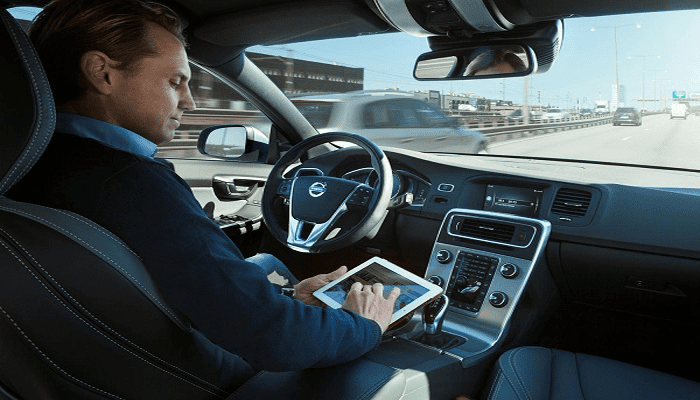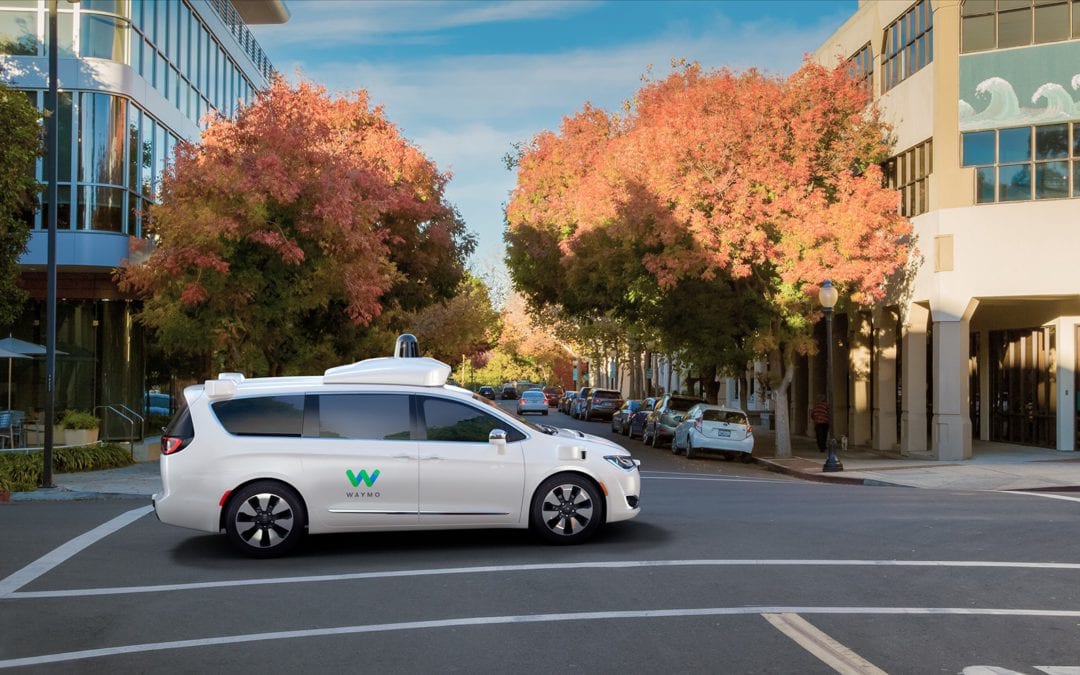
The race for self-driving taxis in the USA is on
A slew of self-driving pilot programs has been announced recently, the latest being Delphi. The auto parts company previously owned by GM announced that it would roll out self-driving taxis in the USA this year. Delphi is already piloting a program in Singapore where it pilots an Audi SQ5, kitted with 26 sensors. The pilot would be extended to three vehicles in June and is done in conjunction with the Singapore government where the company hopes to have operating taxi service within three years. According to Automotive News it is anticipated that Delphi will host the US pilot in either Pittsburg or Boston and that services would commence in September 2017.
Delphi’s pilot program allows passengers to see what the cars “brain” sees on a tablet, which it calls its “comfort cam”, soothing first-time users of the service. Already speculation is rife that Intel, which just last month paid a staggering $15 billion for Isreali autonomous tech company, Mobileye, would acquire Delphi. The three companies are already integrating their technologies to provide autonomous systems for car manufacturers, as soon as 2019.
Delphi would extend the pilot to Europe in the 3rd quarter and will switch its test vehicles to an undefined electric vehicle by 2018. The regulatory environment for public testing eased last week as Germany passed a law allowing for the public testing of autonomous vehicles.
Competitors, Lyft and Waymo also signed a partnership agreement this week. Waymo, previously know as Google’s self-driving program is already piloting Chrysler Minivans and Lexuses in Phoenix. The company last month invited people living in South East Phoenix to apply for the program, allowing the participant to hail a ride via a mobile app for local trips. Already as much as 10,000 such rides have been completed by Google staff. Waymo announced in April that it would increase its autonomous fleet from 100 to 600 Chrysler Pacifica minivans. It is no surprise that Waymo did not partner with Uber since Waymo claims that Uber stole some of its technology in an ongoing court case between the two companies. Reuters reported that according to Lyft the transaction is not exclusive, leaving the door open for other partnerships such as Lyft’s shareholder GM.
GM paid $500 million last year for a stake in the USAs number two ride-sharing company; the automaker also acquired Cruise Automation to spearhead its autonomous vehicle strategy. GM is very aggressive in the autonomous space, trying to carve out a lead to make up for ground lost to newcomers such as Tesla. GM is spending vast amounts of money to this end, for instance paying $1.1 billion to acquire its second Y Incubator company, the Italian based OSVehicle, to develop a self-driving “Vehicle-as-a -Service” (VaaS) platform. GM’s efforts are seeming to pay off as the respected research firm, Navigant, recently ranked it and Ford at the top of the self-driving leaderboard.
Companies like Delphi, Intel, and Nvidia, are hoping to sell their driverless systems to automakers in what is expected to be a market of around $100 billion within the next couple of years. BMW last week unveiled 40 BMW 7-series equipped with Intel’s driverless technology. The test, using the specially converted autonomous 7-Series is part of the German company’s project that will see 155 million test miles driven. Nvidia, an early front-runner in the self-driving tech space lat week, announced that Toyota would use its autonomous microchip built on Nvidia’s artificial intelligence platform called Drive PX. Both Daimler and Audi have already partnered with Nvidia on its Drive PX system.
Precursors to larger ride sharing and hailing services would be regulation, computing infrastructure, and connectivity. Governments would have to enact regulation to allow driverless cars while processing power and data centers need to be increased many fold to accommodate driverless technology. So also is 5G connection a requirement, daily use of an average self-driving car would be four terabytes of data.
In February we provided a summary of the disengagement reports by companies doing public testing on Californias’ roads. Only 10 of the permitted 20 companies filed reports, this number would definitely increase in 2017 judging from all the pilots announced recently. The pilot programs currently in action are mostly for level three and four autonomy and are expected to be commercially available from 2020 onwards. Even though it is expected that the Tesla 2018 models would have level five compliant hardware installed full autonomy is only expected in the latter half of the next decade.
The video by BMW below provides a short overview of the different autonomous driving levels.








